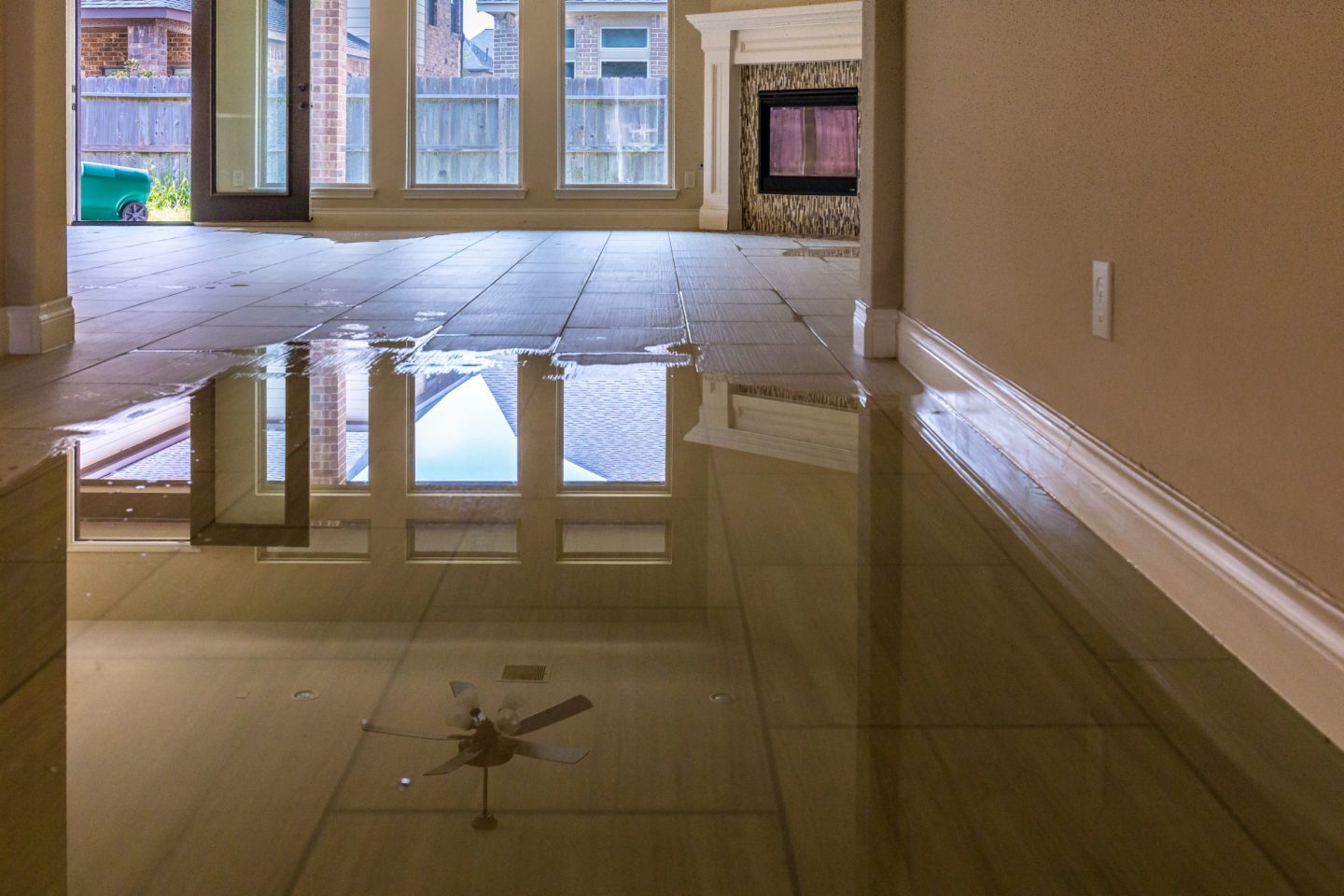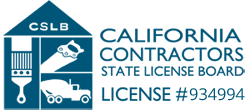
Water damage can turn a peaceful home into a nightmare if not handled promptly. When water unexpectedly invades your living space, it can lead to structural damage, mold growth, and a whole lot of stress. This is a common issue many homeowners face, especially in areas like Los Angeles and surrounding counties. Whether it’s a burst pipe or a sudden flood, understanding the importance of acting quickly can save you from further headaches down the road.
In Los Angeles, Orange County, Riverside County, and Ventura, water damage incidents aren’t uncommon. Each season brings its own set of challenges, whether it’s heavy rain seeping through unnoticed roof leaks or older plumbing systems giving way. Being prepared to tackle such situations head-on will protect both your home and your peace of mind. Let’s look at the immediate actions you should take to minimize the damage as soon as you notice water in your home.
Immediate Steps to Take When You Discover Water Damage
When you first encounter water damage, you need to act quickly. Here are important steps to help stop further damage:
1. Turn Off the Water Source: If the water is coming from a plumbing issue, like a leaking pipe, make sure to shut off the main water valve as soon as possible. This prevents more water from flooding the area.
2. Protect Valuables: Move any valuable items out of the affected area. This includes electronics, important documents, and treasured furniture. If it’s safe to do so, relocate these items to a dry space.
3. Document Everything: Take photos and notes of the water damage. These will be useful for insurance purposes. Clear documentation helps in claiming repairs or damages with your homeowner’s insurance.
Acting swiftly makes a significant difference, minimizing the risks and costs associated with water damage restoration. With these initial steps, you can effectively protect your home and belongings while preparing for professional intervention. Addressing the situation immediately not only mitigates damage but can also prevent mold, which thrives in moist environments.
Common Causes of Water Damage in Homes
Understanding what causes water damage in homes can help keep it at bay. One of the main culprits is leaky pipes, which often happen due to wear and tear or extreme weather changes. When pipes leak, even a tiny drip can turn into a big problem if not addressed quickly. Another common source comes from faulty appliances. Dishwashers, washing machines, and refrigerators are some usual suspects. When these appliances break or malfunction, they can spill large amounts of water onto your floor.
Then there are the elements we can’t control, like natural disasters. Heavy rains can lead to flooding, especially in areas prone to severe weather. Roof leaks during rainstorms can also let water seep into your home, causing issues that are sometimes hard to notice until the damage is visible. In places like Los Angeles, the combination of old infrastructure and occasional heavy rain can be a recipe for water woes. Understanding these risks prepares you to act fast when signs of water trouble appear.
The Restoration Process
Once you’ve identified water issues, restoring your home comes next. It’s a step-by-step process to bring your living space back to normal:
– Inspection and Assessment: The first thing is a thorough check of where the water damage occurred. Understanding the extent of the damage helps plan the best approach for repair.
– Water Removal and Extraction: After assessment, it’s time to get rid of any standing water. Using pumps and wet vacuums, professionals can quickly remove excess water, paving the way for the next steps.
– Drying and Dehumidification: Simply removing water isn’t enough. High-powered fans and dehumidifiers come in handy here. They help dry out water-soaked items and reduce humidity, preventing mold and further damage.
– Cleaning and Sanitizing: Water, especially from natural disasters or plumbing leaks, can be dirty. Cleaning and disinfecting surfaces prevent bacteria and mold growth. Carpets, furniture, and other items may need specific treatments to ensure they’re safe for reuse.
– Restoration and Repair: The final step involves fixing anything damaged. This might mean replacing drywall, repairing floors, and painting walls. It aims to get your home looking like its old self again.
Prevention Tips to Avoid Future Water Damage
Keeping your home safe from water damage involves certain preventive actions. Regular maintenance around the house plays a huge role. Be sure to check appliances regularly to catch any leaks before they spiral into bigger issues.
– Inspect Appliances and Plumbing: Check under sinks and around appliances for signs of wear or leaks. A little maintenance goes a long way in prevention.
– Roof and Gutter Maintenance: Make sure your gutters are clear and that your roof doesn’t have damaged shingles. Water should flow freely away from your house, not towards it.
– Create a Water Damage Emergency Plan: Keep a plan in place, so everyone in the house knows what to do if water damage suddenly occurs. It’s a simple measure that can save time and reduce panic in emergencies.
Taking these steps can significantly reduce the chance of facing water damage again. It’s about being prepared and vigilant, ensuring your home remains a safe and comfortable place to be.
Don’t let water damage disrupt your life. Whether you’re dealing with a small leak or major flooding, Restoration Masters is ready to assist with comprehensive water damage restoration. Our team helps ensure your home is protected and quickly returns to normal. Reach out today to tackle your water concerns head-on with trusted support.





